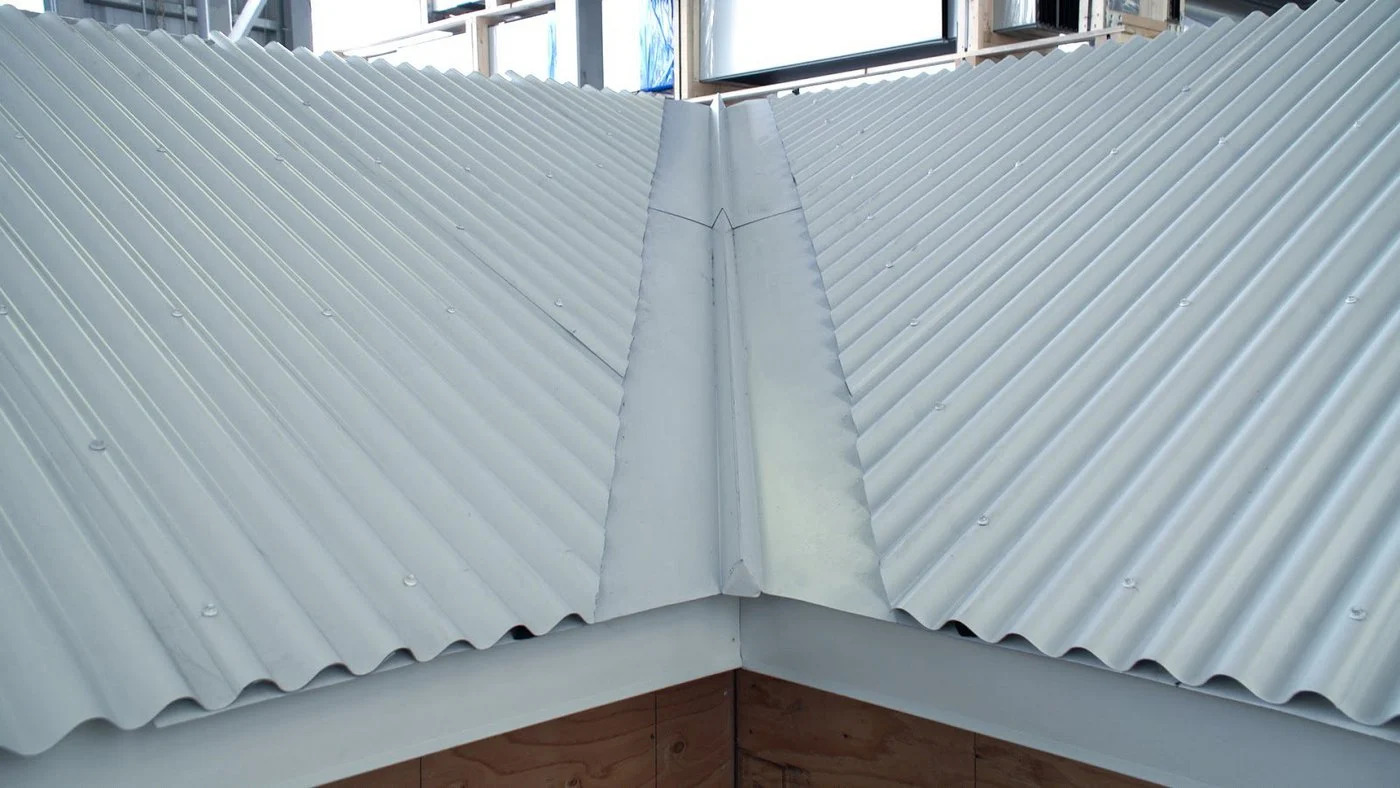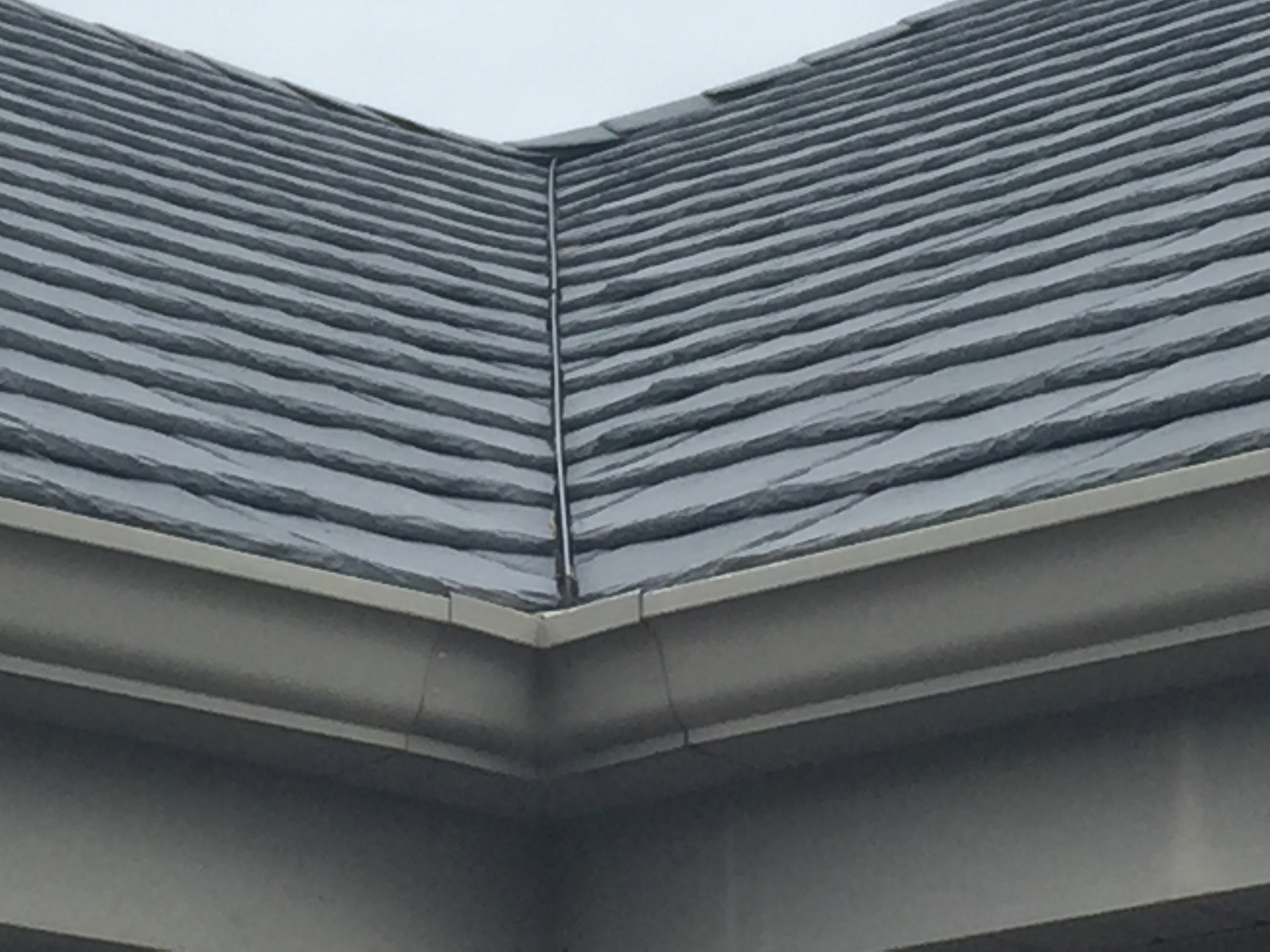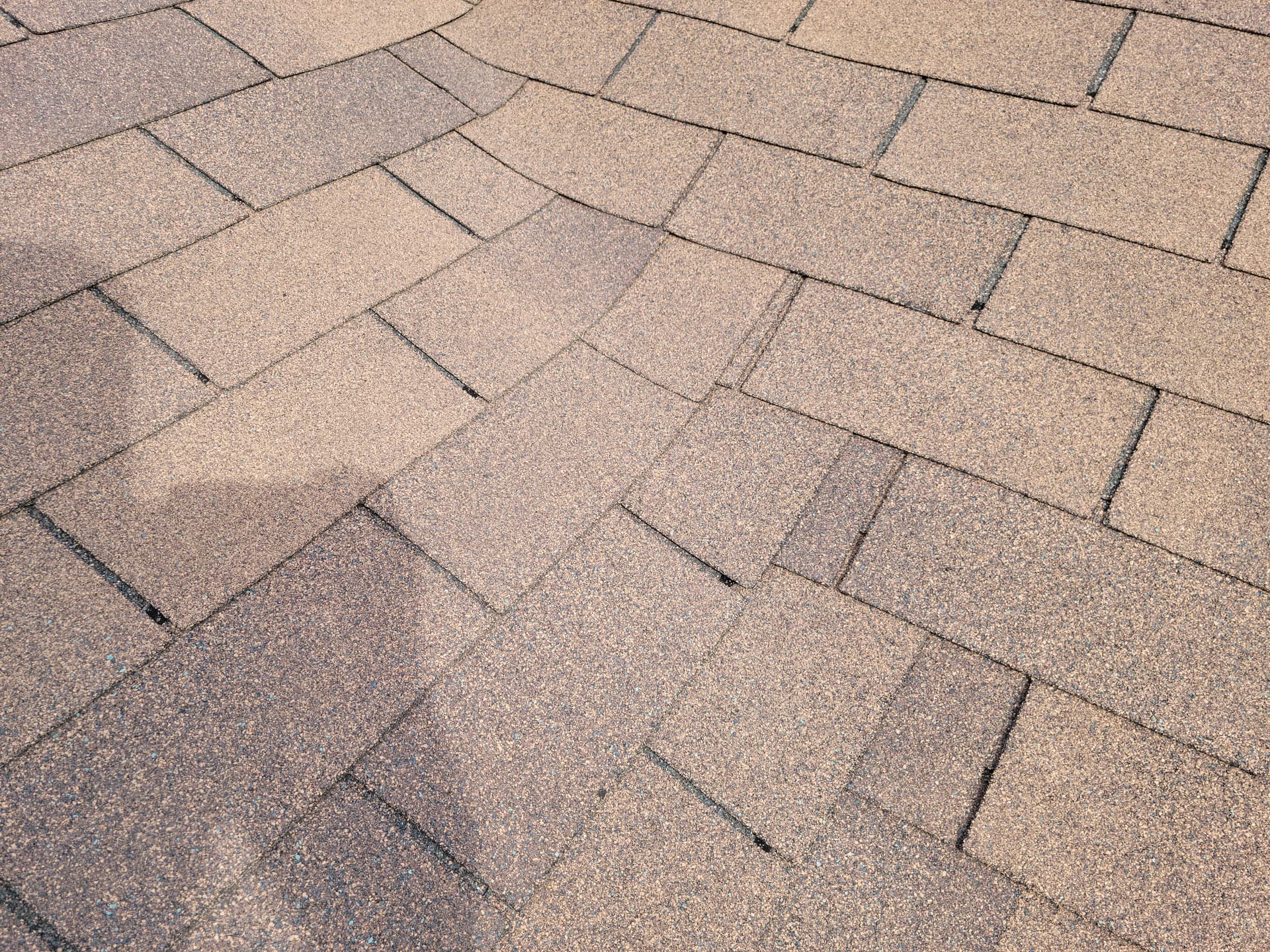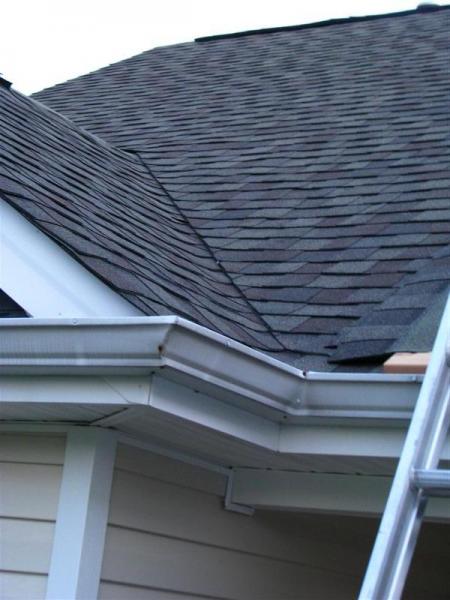Roof valleys play a crucial role in directing water off your roof and preventing leaks, especially in areas like the Comox Valley on Vancouver Island, where heavy rains are common. But did you know there are different types of roof valleys, each suited to different climates and roof designs? Whether you’re building a new home or upgrading your existing roof, it’s essential to understand which type of valley will best suit your needs.
Types of Roof Valleys

Open Roof Valleys
- Description: In an open roof valley, the valley area is left exposed, and a metal flashing, typically made of aluminum or steel, is installed to channel water.
- Benefits: Open valleys are ideal for high-rainfall regions like Vancouver Island because they offer excellent water flow and are easy to maintain. The exposed metal ensures water flows freely, reducing the risk of debris buildup.
- Best For: Homes in areas with heavy rain, or those looking for a longer-lasting, low-maintenance option. They work well on both steep and shallow-pitched roofs.

Closed Roof Valleys
- Description: Closed roof valleys are covered with shingles, creating a more streamlined appearance. The shingles overlap at the valley, eliminating exposed metal flashing.
- Benefits: Closed valleys offer a seamless, more aesthetic look, which can complement homes with complex roof designs. They can also be more cost-effective as they use fewer materials.
- Best For: Homes in areas with lighter rainfall or where aesthetics are a priority. They are best suited for asphalt shingle roofs, as the shingles provide enough protection from moderate rainfall.

Woven Roof Valleys
- Description: Woven valleys are created by interlacing the shingles from both sides of the roof, forming a woven pattern at the valley.
- Benefits: This design creates a smooth and continuous surface that minimizes the chances of leaks. It’s a durable option for roofs with asphalt shingles.
- Best For: Homes with simple rooflines in areas with moderate weather conditions. This valley style offers durability but may not perform as well in areas prone to heavy rains or snow, like some parts of Vancouver Island.

Cut Roof Valleys
- Description: In cut roof valleys, one roof plane is shingled first, and the other side is cut to fit along the valley’s edge. This leaves a clean, crisp line down the valley.
- Benefits: This type of valley offers a neat and symmetrical look, ideal for homes with architectural roofing materials. It also provides solid water drainage.
- Best For: Homes with complex roof designs, especially those featuring high-end materials like slate or tile. Cut valleys work well in regions with varied weather but are not ideal for high-snow areas.
Which Roof Valley Is Right for You?
Choosing the right roof valley depends on several factors, including the climate, your roof’s pitch, and your design preferences. Here in the Comox Valley, with its mix of rainy winters and mild summers, open valleys are often a preferred choice for their durability and water-handling capabilities. However, if you’re looking for something that complements a unique architectural style, a closed or cut valley might be more suitable.
Each type of valley has its strengths, and the best one for your home depends on your roof’s structure and the demands of the local climate. Consulting with an expert, like Aces Roofing, can ensure you make the right choice for a durable and attractive roof.
At Aces Roofing, we specialize in all types of residential and commercial roofing solutions, including roof valley installation and repair. Contact us today to discuss your roofing needs and find the perfect solution for your home.
